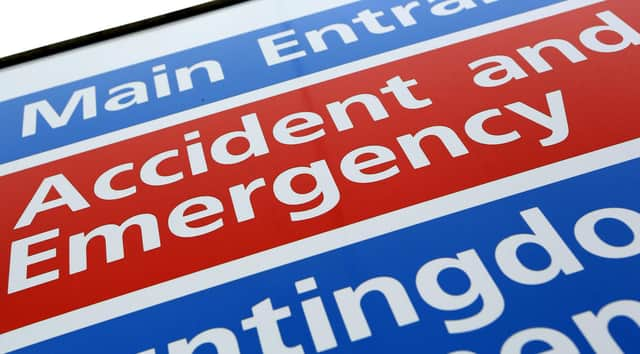Third of A&E patients wait longer than four hours at University College London Hospitals Trust


A third of patients attending major A&E at University College London Hospitals Trust waited longer than four hours to be dealt with last month, figures show.
NHS guidance states that 95% of patients attending accident and emergency departments should be admitted to hospital, transferred elsewhere or discharged within four hours.
Advertisement
Hide AdAdvertisement
Hide AdBut University College London Hospitals NHS Foundation Trust fell well behind that target in November, when just 67% of the 13,377 attendances at type 1 A&E departments were dealt with within four hours, according to figures from NHS England.
Type 1 departments are those which provide major emergency services – with full resuscitation equipment and 24-hour consultant-led care – and account for the majority of attendances nationally.
It means 33% of patients attending major A&E at University College London Hospitals Trust waited longer than four hours to be seen last month, compared to 37% in October, and 19% in November 2021.
At University College London Hospitals NHS Foundation Trust:
In November:
There were 842 booked appointments, up from 733 in October
544 patients waited longer than four hours for treatment following a decision to admit – 4% of patients
Of those, 72 were delayed by more than 12 hours
Separate NHS Digital data reveals that in October:
The median time to treatment was 77 minutes. The median average is used to ensure figures are not skewed by particularly long or short waiting times
Around 3% of patients left before being treated